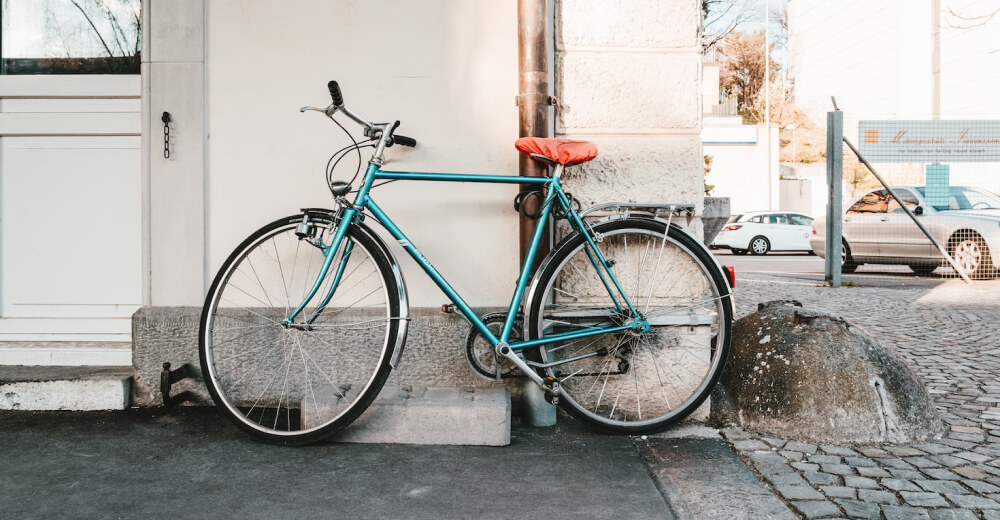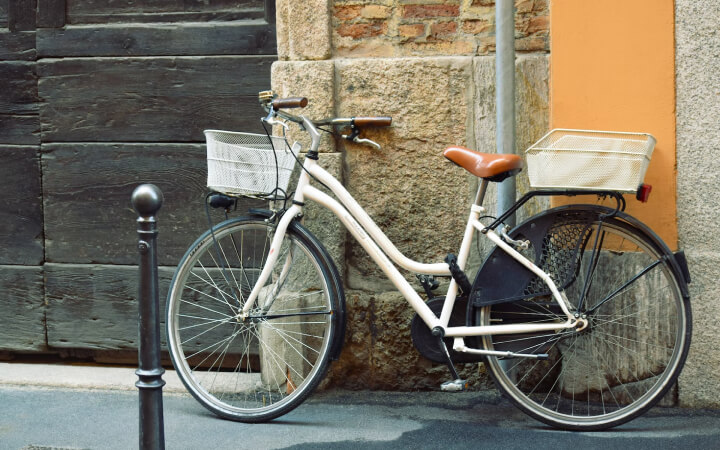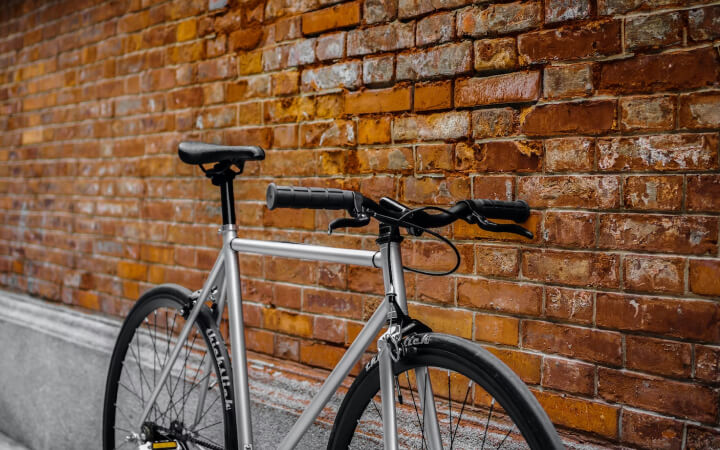
Driver assaulted cyclist for questioning mobile phone use

Hygrometern is a minimal housing project located in Ystad, Sweden, designed by Johan Sundberg Arkitektur. Twenty units overall, evenly distributed between two-room and three-room flats, are housed in the project’s four two-story structures. The proposal is divided into several smaller built volumes rather than having all the flats combined into one large volume. This separation generates interstices that give the common courtyard a variety of entrances and the building volumes a sympathetic scale. The distinct built volumes might also take advantage of the site’s varied contours
With larch-covered facades, galvanized steel balcony railings and staircases, painted aluminum metalwork features, and windows, the structures all speak the same language of materials. Variations in the floor plan, window location, and interstitial outdoor spaces enhance this material homogeneity. The goal was to produce a unified whole using a modern design language, where attention to materiality and detail is evident. All flats have two sides and are in close proximity to the outside world. Apartments on the ground floor have sizable patios, while apartments on the second floor have sizable balconies. Full height glass partitions ensure that both apartments maintain a comfortable temperature all year long. The internal courtyard, which is surrounded by an extended storage building, gives residents access to both public and private areas. The site’s level differences are used to divide parking spaces and waste facilities from the private patios as you approach the street.


On the one hand, a contemporary residential building with all the amenities and services essential for a modern lifestyle was needed. On the other hand, they are confronted with a complicated and divided structure that is challenging to integrate with a protected façade and volume from the 16th century.
The use of local, noble, natural materials that highlight the essence of the Mediterranean has been crucial. All of the project’s materials are from a limited palette of natural substances. The restoration of historical aspects is combined. These components are mixed with the addition of new, noble ones, such as old bronze objects, regional stones, mirrored fabrics, porcelain accents, and regional cotton and linen textiles. The project restores the entrance courtyard to its former splendor after it had been altered by reforms made in the previous century.






